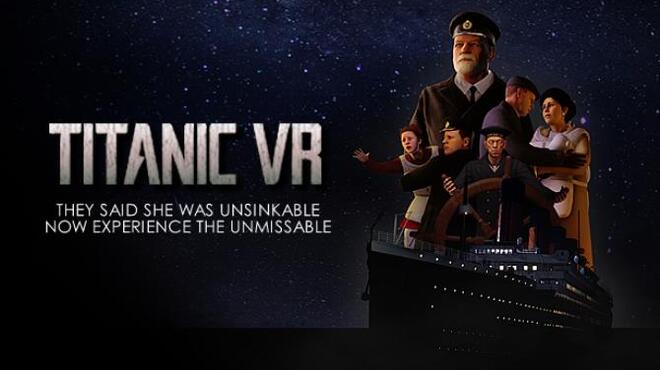

Did they actually continue playing to the end? "True or not," the narrator says, they were heroes. Cue footage from his movie of ensemble playing. Next, Cameron talks about seeing the deck where the musicians played as the ship sank. Cameron says he thinks it floated away with the sinking, and that's what began to happen on the movie set when it was flooded. It begins to get interesting with the mystery of the missing staircase. This is beginning to look like a snoozeville home movie. Submersible props that can't snag have been available since the 1990s, invented at HBOI why didn't they use them? Then we see a "live" video feed of the ship with remarks by James Cameron that border on the inane. What follows is footage of a couple of snafus, including a dive aborted when the fiber optic cable fouls the submersible's prop. So what does that make the producers of this documentary? When a film leads off with such inaccurate, sensational balderdash, all that follows is suspect. Anyone who knows anything about the Titanic knows that she was not built for speed, and could not attempt to compete with the Cunard ships. "Her owner, White Star Line, was trying to make headlines with an exceptionally fast crossing." This is the same yellow journalism garbage spread by the Hearst papers at the order of William Randolph Hearst, as a vendetta against the White Star Line. What ever happened to truth and accuracy in documentaries? This Discovery Channel program contains these gems: "Titanic was racing through the night, full speed ahead," the narrator says, adding she was going nearly 25 mph.


 0 kommentar(er)
0 kommentar(er)
